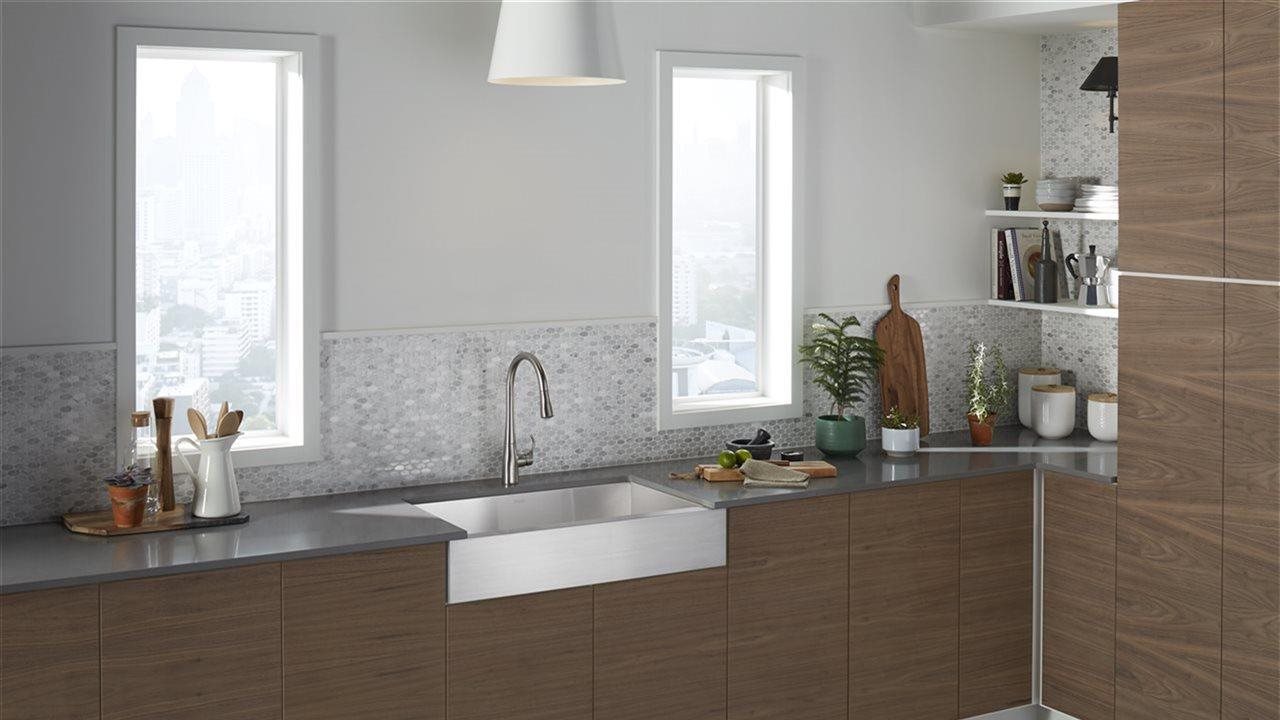2018-01-31T10:34:00
(BPT) – In southern China, the ancient capital city of Nanjing beckons travelers to immerse themselves in history and culture.
Nanjing served as the capital city of 10 dynasties and regimes over more than 1,800 years and is home to some of China’s most significant historical attractions, including the Xiaoling Tomb of the Ming Dynasty, Dr. Sun Yat-sen’s Mausoleum, the Presidential Palace and the City Wall, which dates back more than 600 years.
Here, past dynasties are entwined with glittering modern skyscrapers. The misty Purple Mountain looms in the distance and the Ningzheng Ridge forms a crescent around this city in the heart of the Yangtze River delta.
If you visit Nanjing, walk in footsteps of the past with these thought-provoking, immersive experiences designed to bring Nanjing’s history and culture to life.
Imperial Examination Experience
When you take part in the Imperial Examination Experience at Nanjing’s Jiangnan Imperial Examination Hall Museum, you will step into the shoes of an ancient Chinese civil servant. Beginning in the Han Dynasty (206 B.C. to 220 A.D.), citizens wishing to serve in the state bureaucracy were required to pass a rigorous government-issued examination. However, the test didn’t involve job skills. Instead, it assessed candidates’ knowledge of classic literature and literary style. .
During the three-hour Imperial Examination Experience, you’ll dress in traditional attire, learn to create Chinese calligraphy with a brush pen and make thread-bound books to take home as a souvenir.
Chinese Tea Culture Experience
Few things are as closely associated with China as tea. Its long history as an indispensable part of daily life runs like a silk thread through everything from poetry to painting to calligraphy to medicine. Travelers seeking a deep exploration of tea can book the Chinese Tea Culture Experience in Nanjing.
During this four-hour activity, you’ll see the stunning and peaceful Xuanwu Lake Park, formerly an imperial garden, before you disappear into a secret interior passageway in the Nanjing City Wall to find the hidden, speakeasy-style Lao Cui Teahouse. There, you’ll learn about the importance of tea in the Chinese culture from a tea master, who will guide you in the ways of brewing a perfect cup of tea. Finally, you’ll learn the ancient art of Chinese woodblock printing and create your own as a keepsake.
Nanjing Cloud Brocade Museum
Yunjin, meaning “as beautiful as a cloud at sunset,” is silk brocade exquisitely woven in a style dating back 1,500 years. Incorporating silk, gold and silver threads, and even peacock feathers, the fabric was once reserved exclusively for the ornate dragon robes worn by emperors. At the Nanjing Cloud Brocade Museum, the only one of its kind in the world, visitors can watch as artisans weave the brocade in the traditional style on self-powered looms. The craft is so intricate that the weavers produce only five centimeters of yunjin per day.
Nanjing Impressions
Founded in 1994, Nanjing Impressions is a Top 50 Chinese Heritage Restaurant. It aims to preserve traditional Huaiyang cuisine, a popular and prestigious style of cooking in Jiangsu Province and one of the four great traditions of Chinese cuisine.
The interior is designed like an ancient tea house, with hundreds of hanging lanterns, wooden benches and authentic dress for servers and chefs. The experience is vibrant, with servers shouting blessings as they pass traditional Nanjing specialties. Make sure to try the city’s signature dish of Nanjing Salted Duck, a 400-year-old recipe that involves a complicated procedure of brining and dry rubbing that produces a rich, tender bird.
The Chinese believe a perfect meal consists of 10 dishes, so come hungry.
Qinhuai River Cruise
Float lazily down Nanjing’s Mother River on a romantic evening cruise, and you’ll feel like you’ve traveled back in time to the city’s roots. Distant strains of guqin, a traditional Chinese stringed instrument, waft through the air as you cruise along the lantern-lit Qinhuai Scenic Area, with its quaint riverboats, footbridges and Chinese architecture including one of the world’s best-preserved Barbican gates.
Ready to start planning your Nanjing experience? Visit gotonanjing.com for more information.










